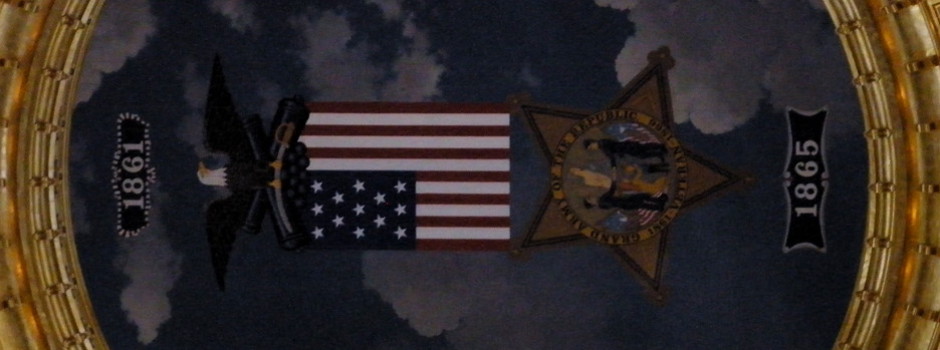When the new Iowa House convenes today, one party will have a majority of women while a woman from the other party leads the chamber.
Let’s look at the map (basemap from Legislative Services Agency, although it was horizontally scaled funny for some reason). Winner list from Ballotpedia. Much larger, but still unlabeled, map here.

Viewed from this perspective, it’s easy to see both the Republican dominance in rural areas and Democratic consolidation of power in urban areas. Those two larger northeast Democratic districts are the only ones not anchored in city of 10,000 or more. That’s a possible factor in the representative of one of those districts, Todd Prichard, being elected leader of the Iowa House Democrats.
- Overall: 44 Republican men, 10 Republican women, 22 Democratic men, 24 Democratic women. Yes, the House Democratic caucus has more women than men.
- Democratic women dominate the Cedar Rapids, Iowa City, and Quad Cities metros (and have both seats in Ames).
- Democratic women outnumber Democratic men in the Des Moines metro area.
- There are only two Republican women in urban districts: Mary Ann Hanusa (Council Bluffs) and Ashley Hinson (Marion/Hiawatha/Robins).
- There are only three Republican men in urban districts: John Landon (north half of Ankeny), Brian Lohse (Altoona), and Gary Mohr (Bettendorf).
- Half of the Republican women are clustered north of US 20 and east of US 69, including Speaker of the House Linda Upmeyer. Only three GOP women’s districts are west of US 69.
- The four largest cities without at least partial representation by a Democrat are Fort Dodge (a change after Helen Miller’s retirement), Muscatine, Altoona, and Boone.
The 54-46 party breakdown shows a clear majority of Republicans, but when looking at the square mileage … I was so stunned by the results I had to triple-check.
- The 44 Republican men represent three-quarters of Iowa’s land area.
- In 2019, Iowa Democrats represent only 10% of Iowa’s land — if you round up. But that 10% contained 1.4 million Iowans in the 2010 census, or about 46% of the population. Funny how that worked out. (The percentage is likely bigger now.)
- There are approximately 79 school districts with substantial area in that 10% of Iowa’s land, including almost all of the 30 with the largest enrollment.
- The 24 Democratic women represent a combined area smaller than that of two Republican women, Anne Osmundson plus Shannon Lundgren in Allamakee/Clayton/Dubuque counties. Had Kayla Koether prevailed in District 55 (she’s still contesting it) the combined area represented by female Democrats would have been about 50 percent larger.
So if you thought rural vs. urban cast sharp divisions in the previous Legislature or two, it’s not going to get any better.
